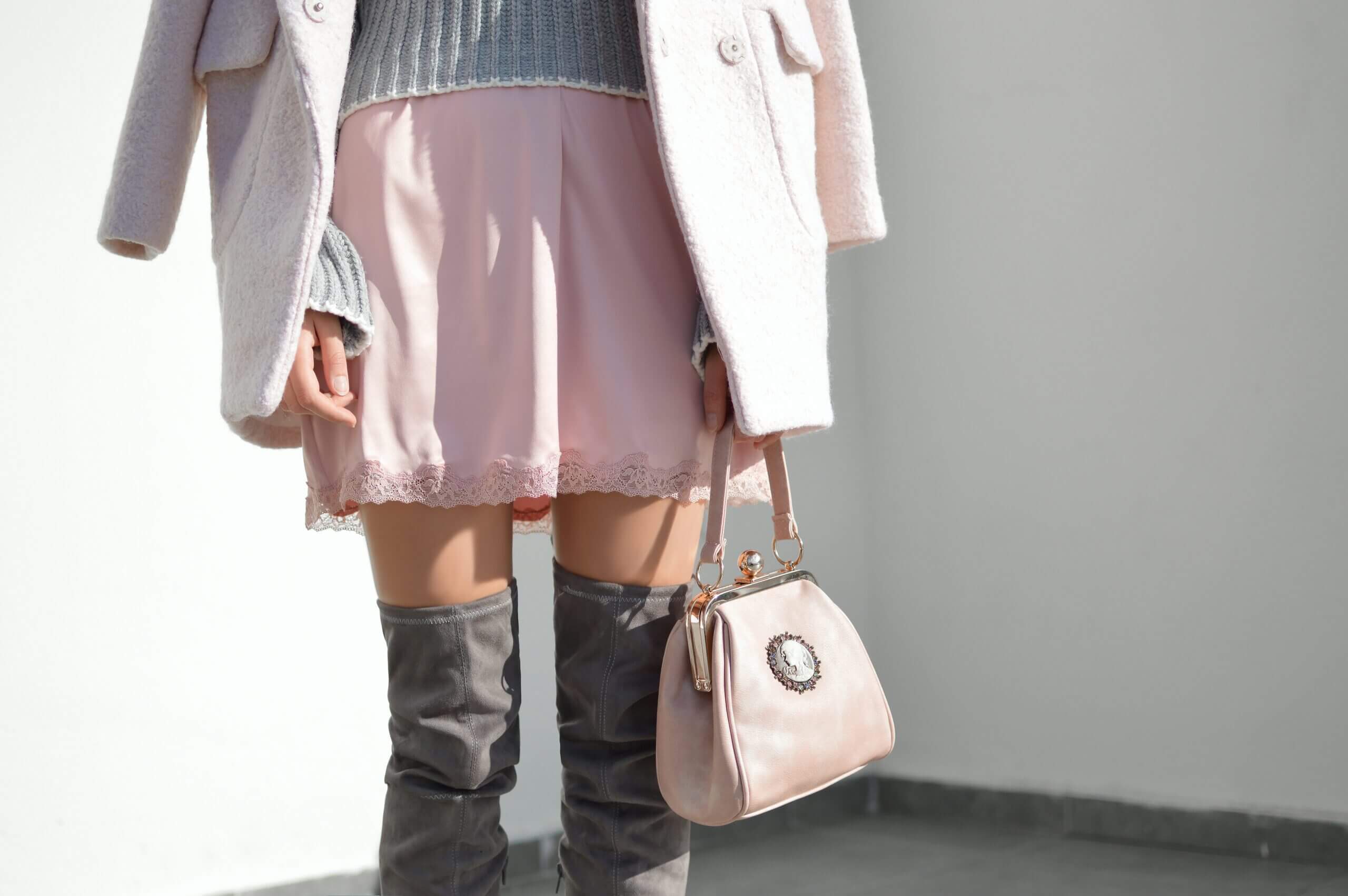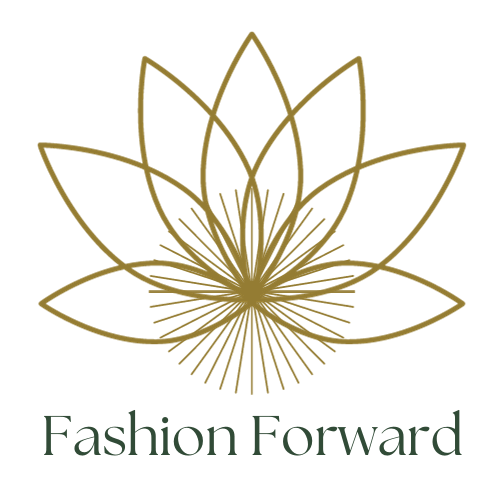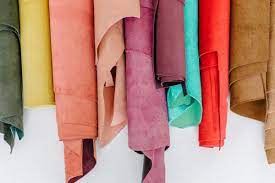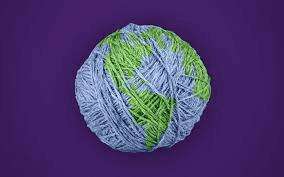
Fast fashion, known for its quick turnover of trendy clothing at low prices, has had a stronghold on the fashion industry for years. However, it’s time to bid farewell to this unsustainable and unethical model and instead, welcome a more conscious and sustainable approach to our wardrobes. In this blog post, we will explore the reasons to say goodbye to fast fashion and how embracing sustainable fashion can benefit both us and the planet.
What is fast fashion?
Fast fashion is a business model in the fashion industry characterized by the swift production of low-cost, trendy clothing. It prioritizes speed, aiming to get new styles from the runway to stores in a matter of weeks, sometimes even days. These garments are typically sold at affordable prices, encouraging frequent purchases and impulse buying. Fast fashion brands often mimic the latest fashion trends from high-end designers, producing lookalike clothing items that are designed for short-term wear. However, this rapid, disposable approach to fashion has raised concerns about its environmental impact and ethical implications in terms of labor practices.
Why Stutainable Clothing?
Fashion Forward has partnered with thrift stores and secondhand clothing stores to promote apparel reuse. This may entail collecting old clothing from clients and directing it to thrift stores, so creating a circular fashion ecosystem. Organic cotton, recycled polyester, and other sustainable fibers can help to lessen the environmental effect of apparel manufacture. Fashion Forward helps educate consumers on the benefits of upcycling and recycling, as well as how to care for and repair clothes to extend its lifespan.
What are alternatives to fast fashion?

There are several sustainable alternatives to fast fashion that prioritize ethical production practices, environmental responsibility, and longevity of clothing items. Here are some alternatives to consider:
Slow Fashion
Slow fashion promotes quality over quantity, emphasizing timeless, durable, and versatile pieces that have a longer lifespan. It encourages consumers to invest in high-quality garments and accessories that can be worn for many years. Slow fashion brands use sustainable and eco-friendly materials, such as organic cotton, hemp, Tencel, and recycled fabrics. Ethical production practices are a core aspect of slow fashion. This includes fair wages for workers, safe working conditions, and transparent supply chains.
Second-hand Shopping
Second-hand shopping offers the opportunity to discover unique and one-of-a-kind pieces that are not commonly found in fast fashion stores. Buying second-hand clothing reduces the demand for new production, thus decreasing the environmental impact of the fashion industry.Check out trift shops too! Thrifting involves shopping for pre-owned clothing at thrift stores, while vintage shopping focuses on older, often retro or classic, clothing items.By purchasing used clothing, consumers contribute to a circular economy where items are reused and repurposed, extending their lifespan.

Upcycling and Recycling
Upcycling and recycling in the retail clothing business are environmentally friendly activities that attempt to reduce waste and reduce the environmental effect of fashion. These methods are becoming increasingly common as customers become more aware of the environmental and social consequences of their shopping decision
Upcycling
Upcycling is the process of repurposing old or abandoned clothing items to create new, fashionable pieces. Altering, repairing, or mixing existing clothing to create something new and distinctive is part of this process. Upcycled clothing can be included into retail collections, providing buyers with one-of-a-kind or limited-edition products. This not only saves waste but also gives their items a sense of exclusivity.
Recycling
The act of transforming old or unwanted textiles into new materials or products is commonly referred to as recycling in the garment business. This can include converting old clothing into fibers that can later be utilized to create new fabrics or garments.
Some companies are experimenting with closed-loop systems, in which they collect used clothing from clients and recycle it into new products. This method extends the life of clothing and minimizes the demand for virgin materials.

Renting and Subscription Programs
Clothing rental platforms and subscription services allow you to borrow clothing for a period rather than buying new. This reduces the need for ownership and encourages sharing resources. Subscription services send subscribers a curated selection of clothing items, often based on personal style preferences. Subscribers can wear the items and return them for new ones. Check out brands like Rent the Runway for access to fashionable pieces and easy return processes.
How is Fashion Forward Helping Put an End to Fast Fashion?
At Fashion Forward, we believe in fashion that doesn’t compromise on ethics, quality, or the environment. This is why we make eco- friendly fabric choices. We’re committed to creating clothing that lasts. Our designs are timeless, made from high-quality materials to ensure longevity, reducing the need for frequent replacements. By focusing on durability and timelessness, we aim to counter the throwaway culture that fast fashion perpetuates.We meticulously select sustainable and eco-friendly materials for our products. These include organic cotton, recycled fabrics, and innovative materials with a lower environmental footprint. Together, we can make a difference by choosing fashion that values people and the environment. Thank you for joining us on this journey toward a more responsible and conscientious fashion industry.



